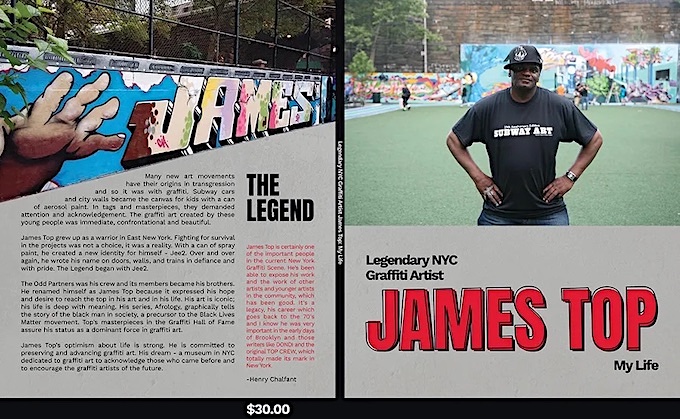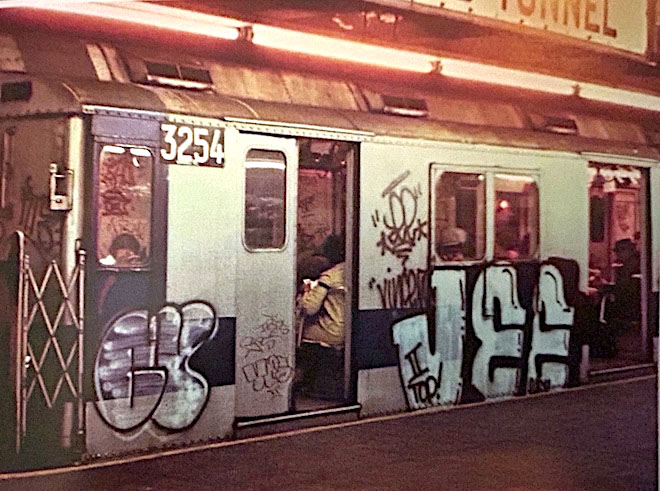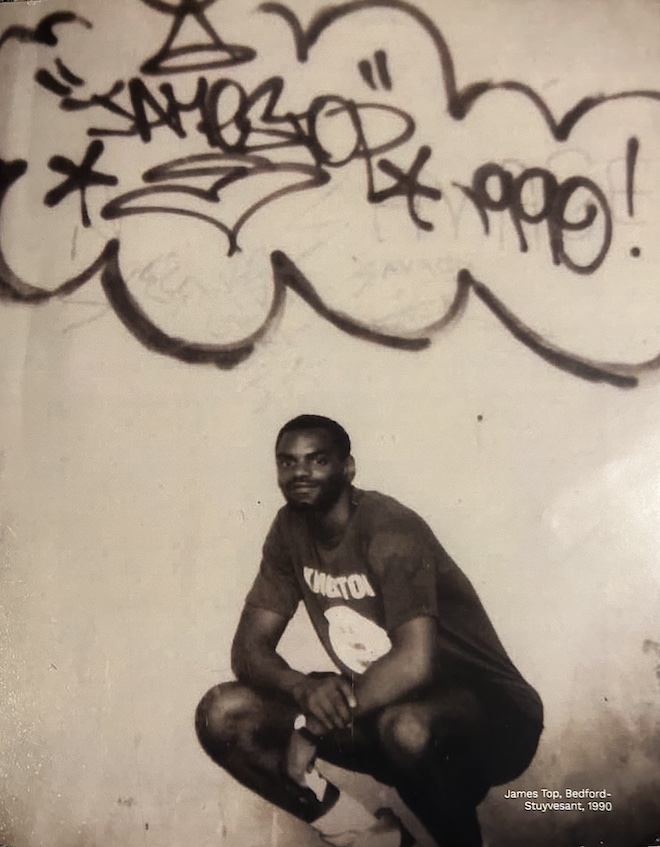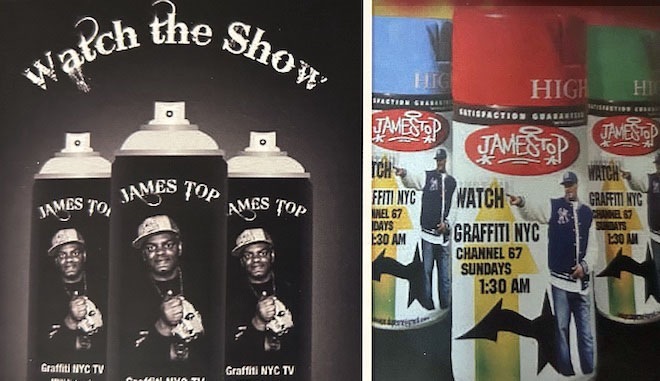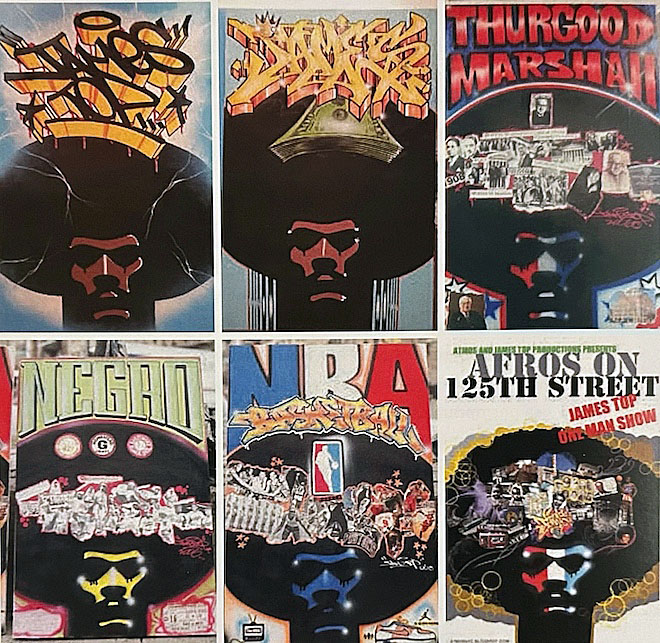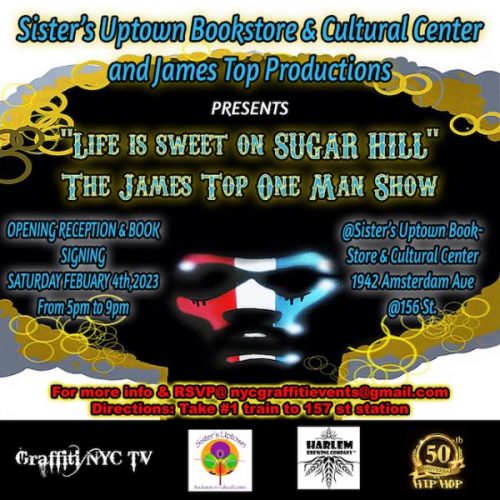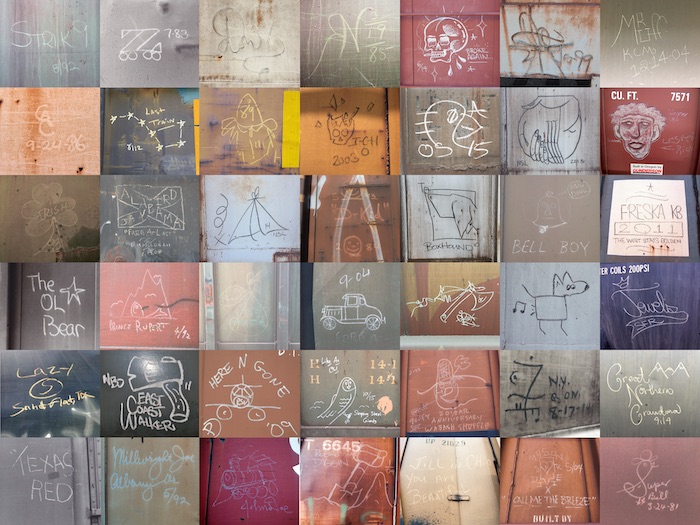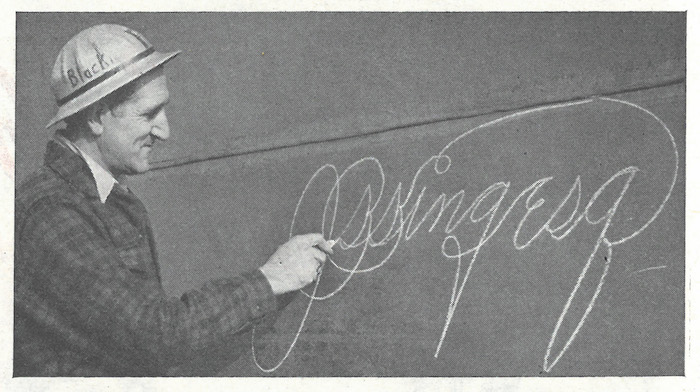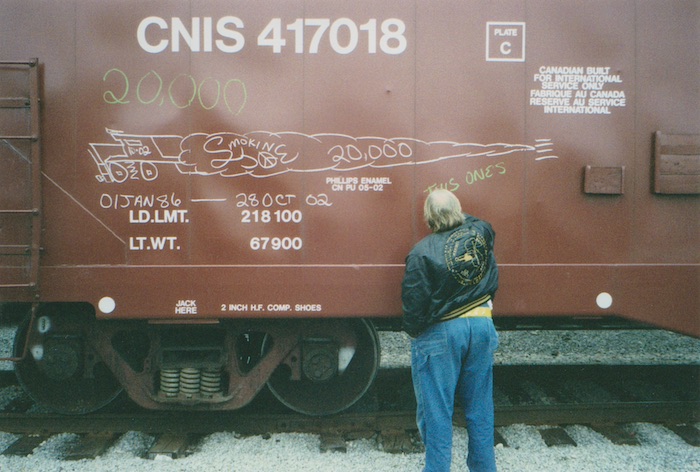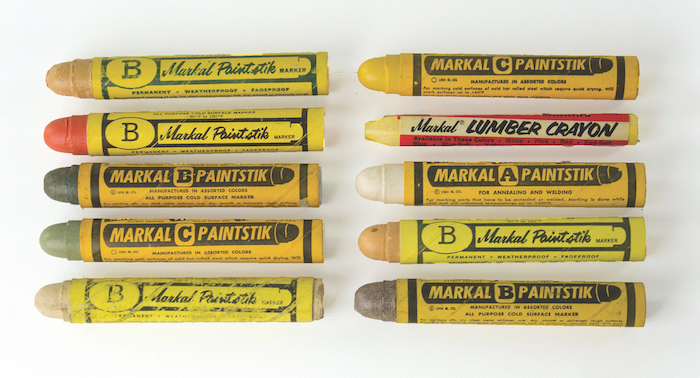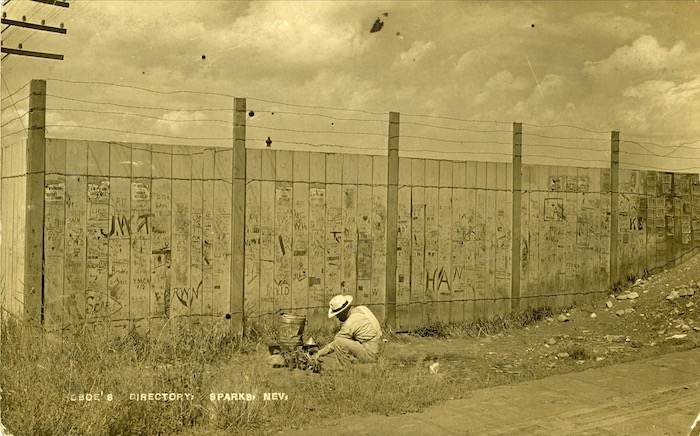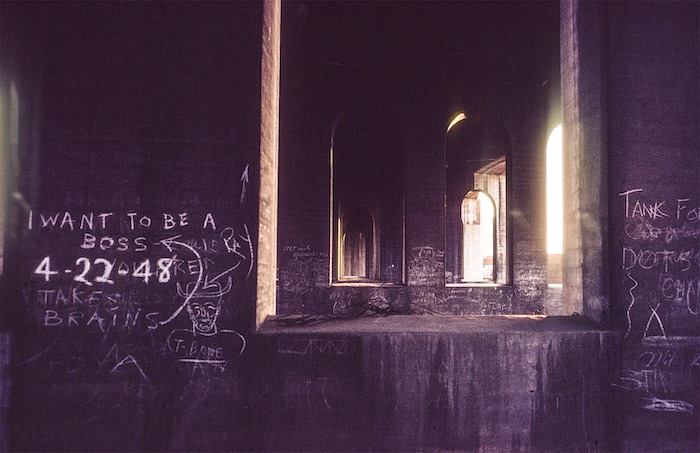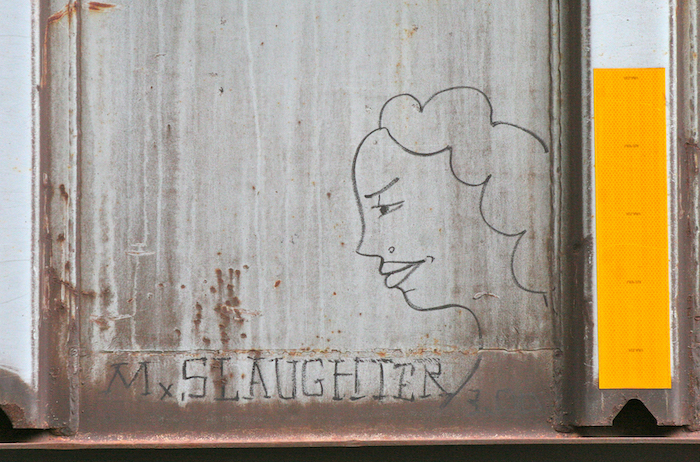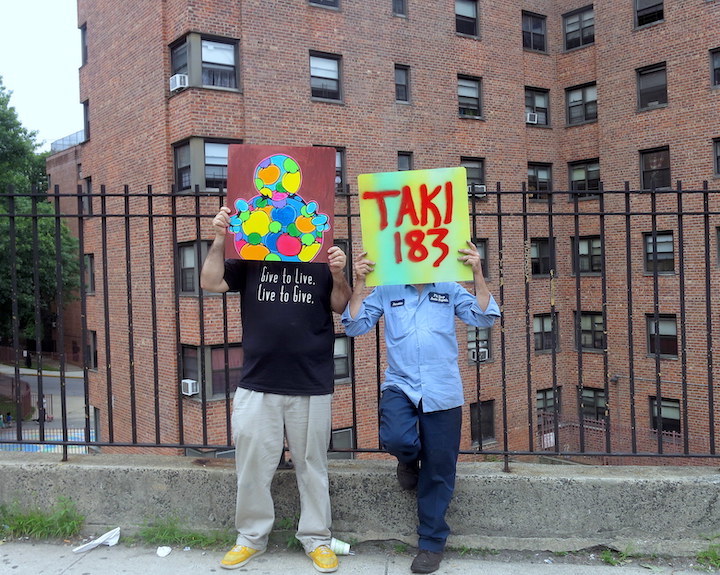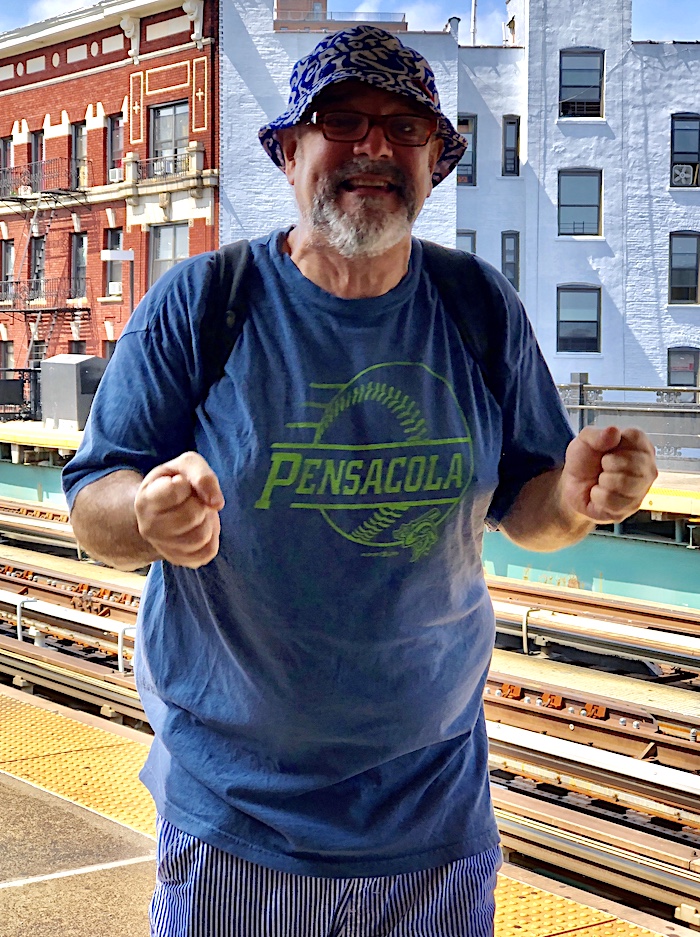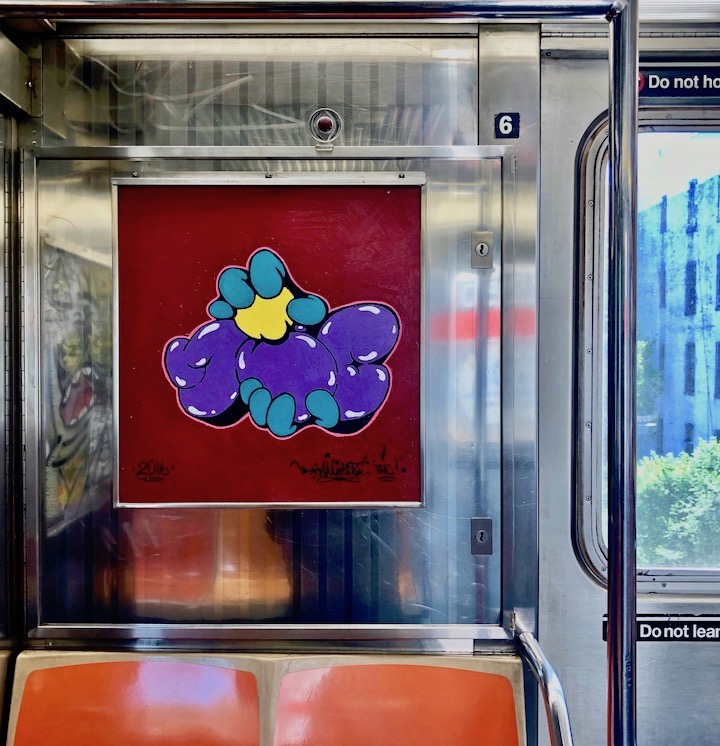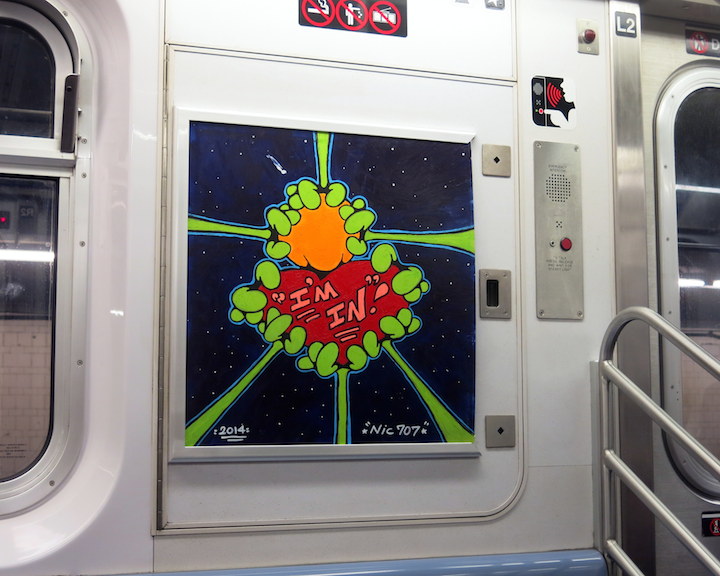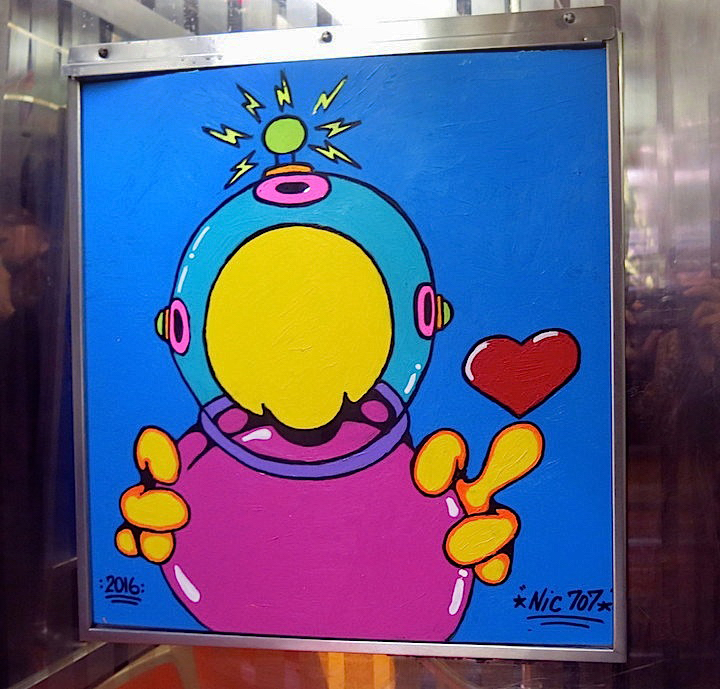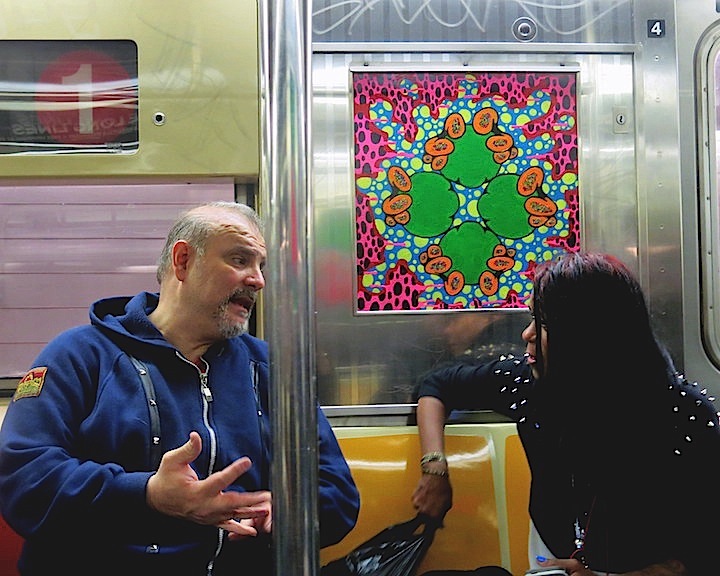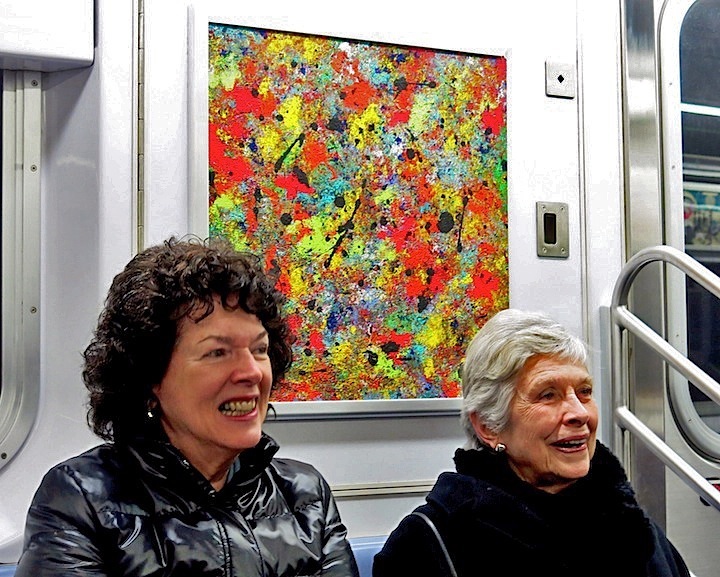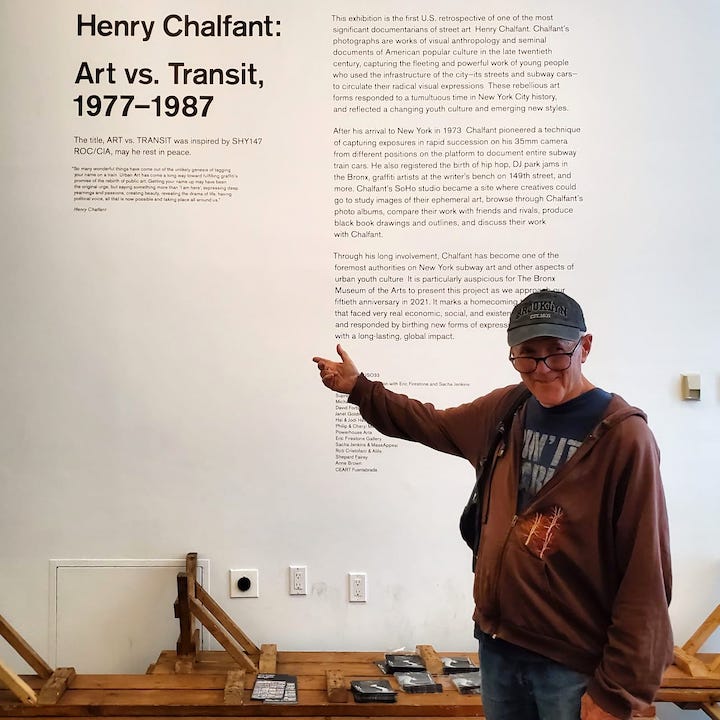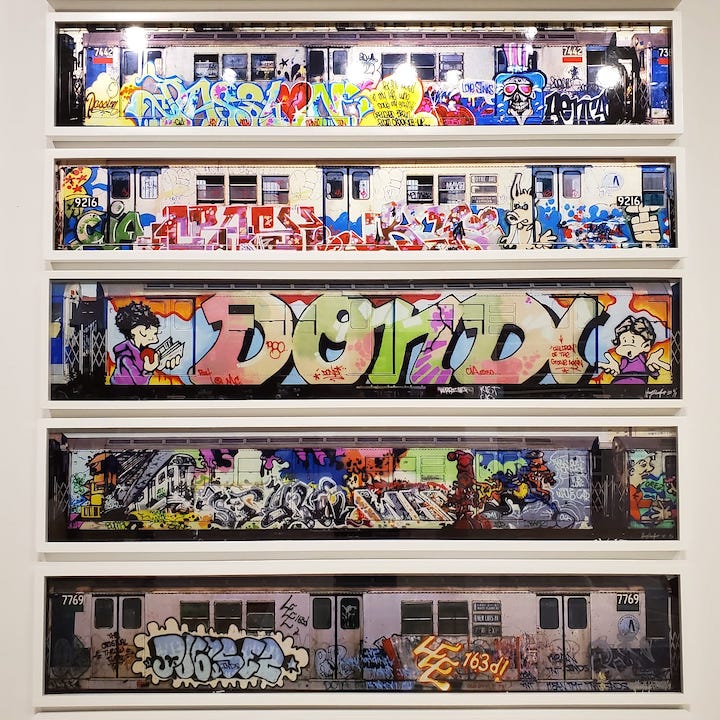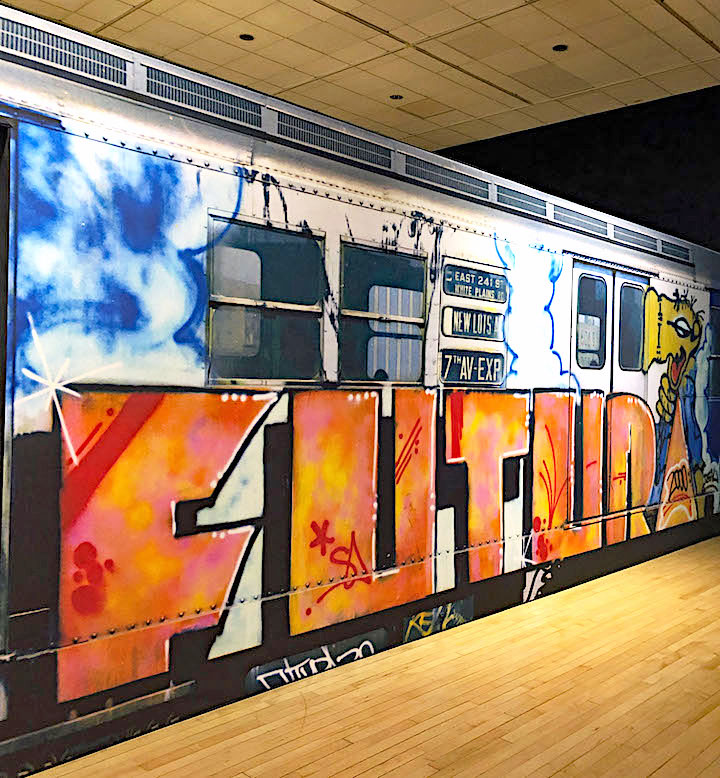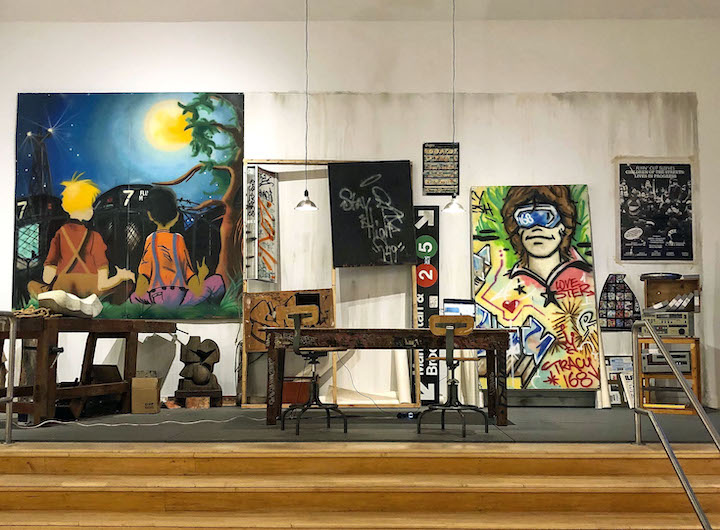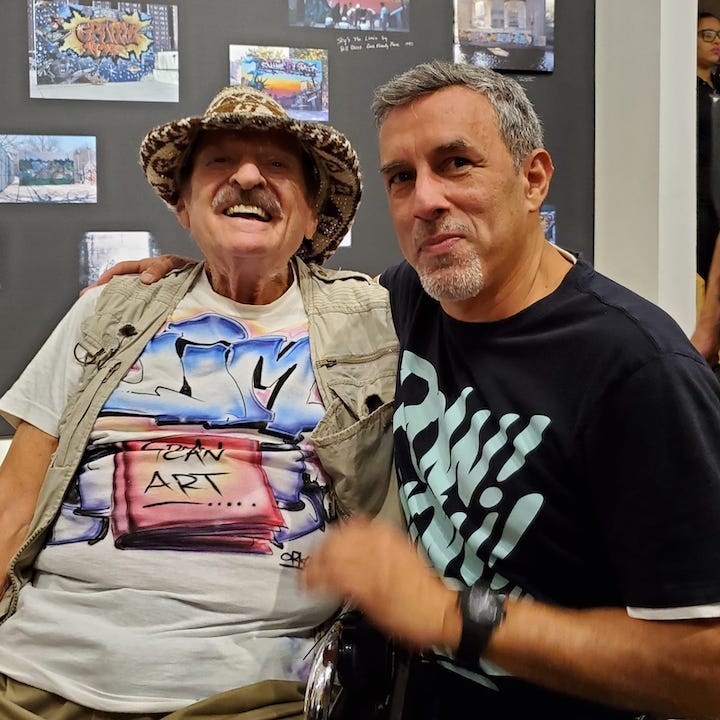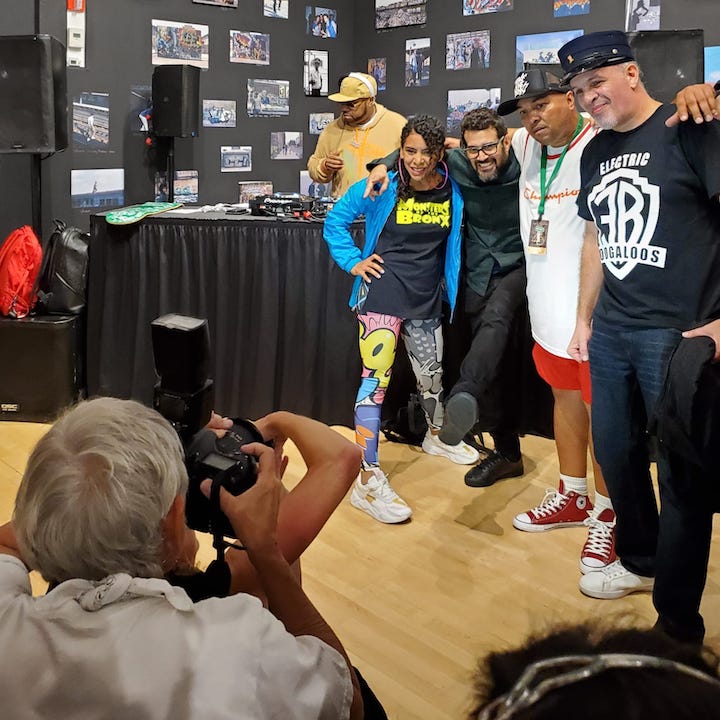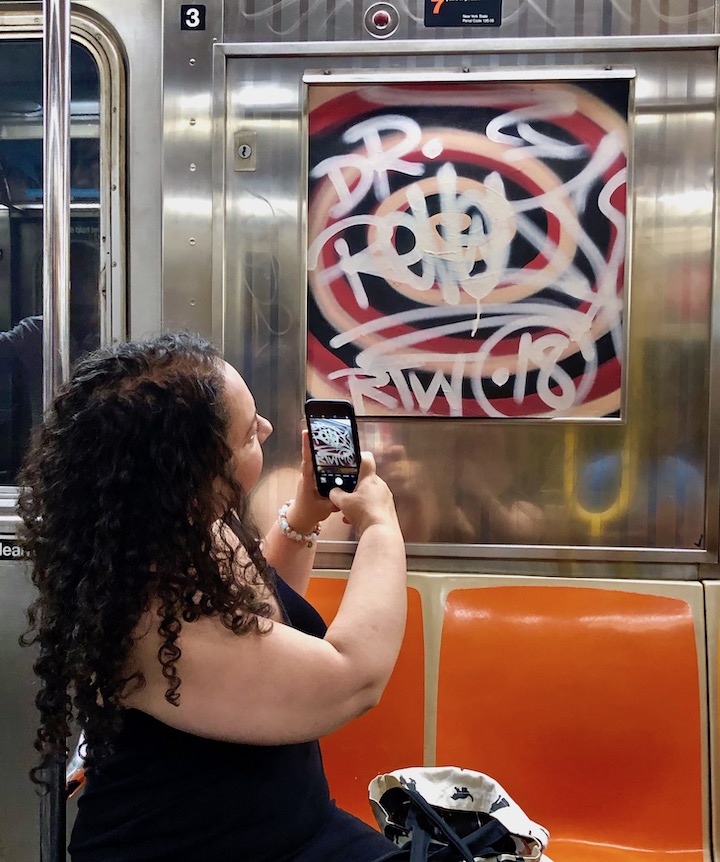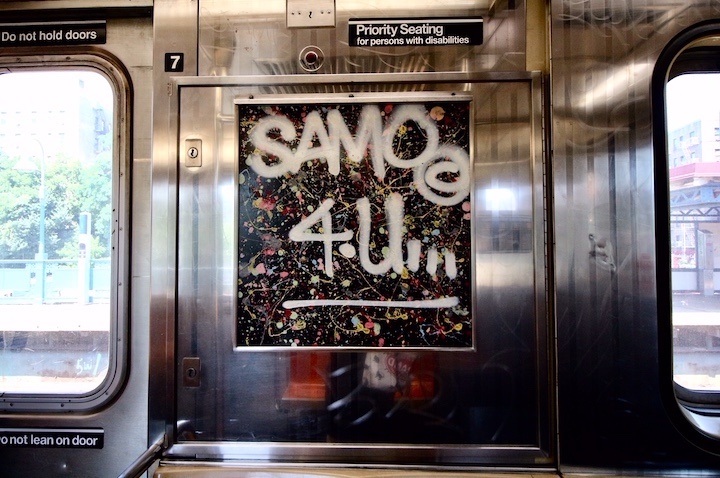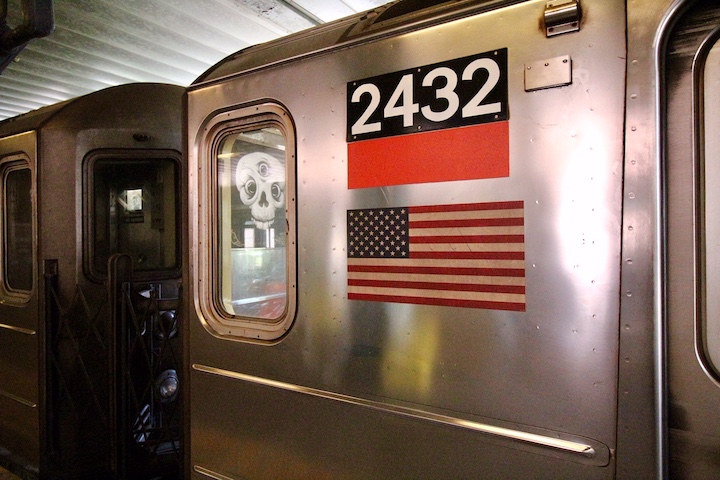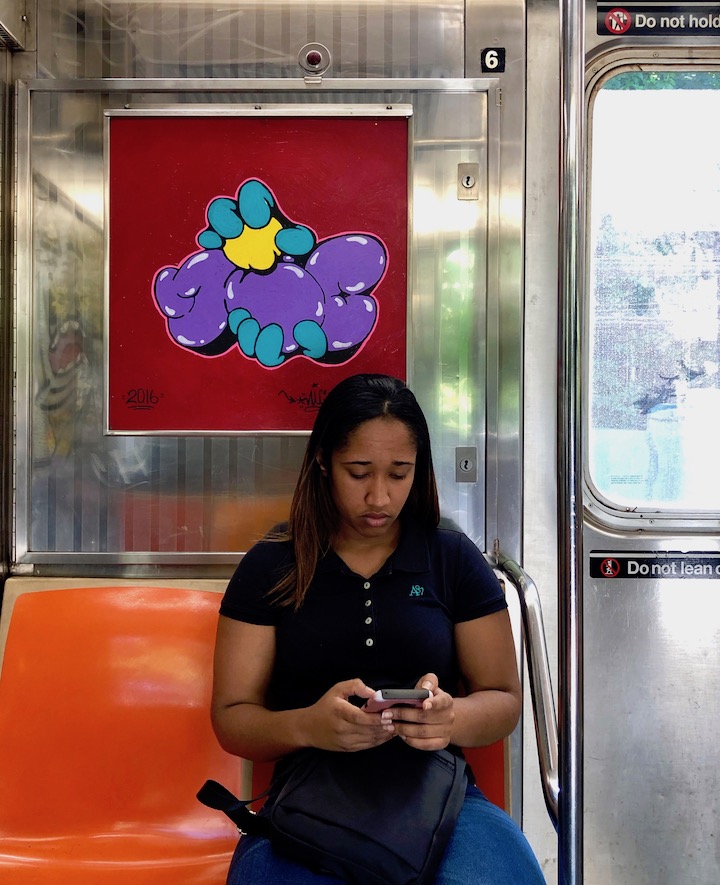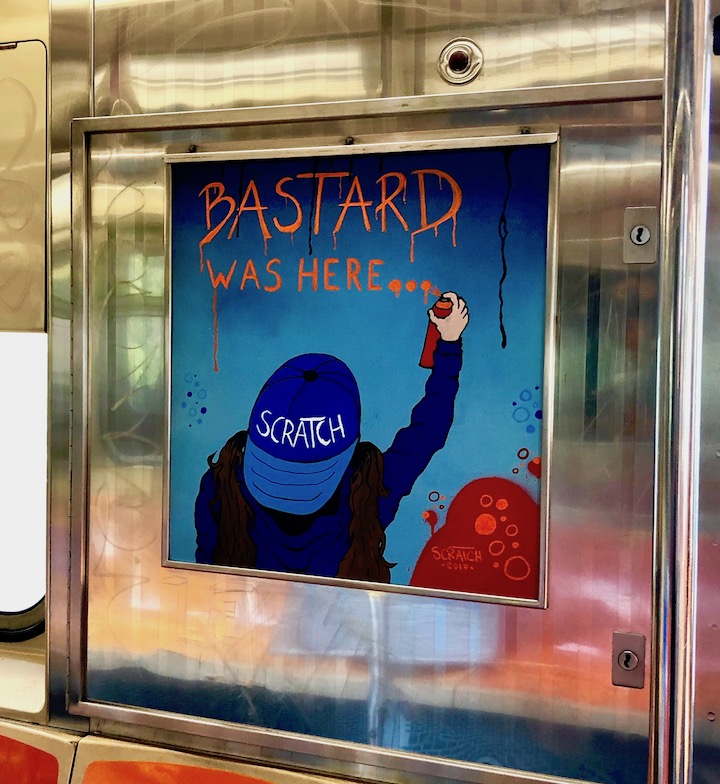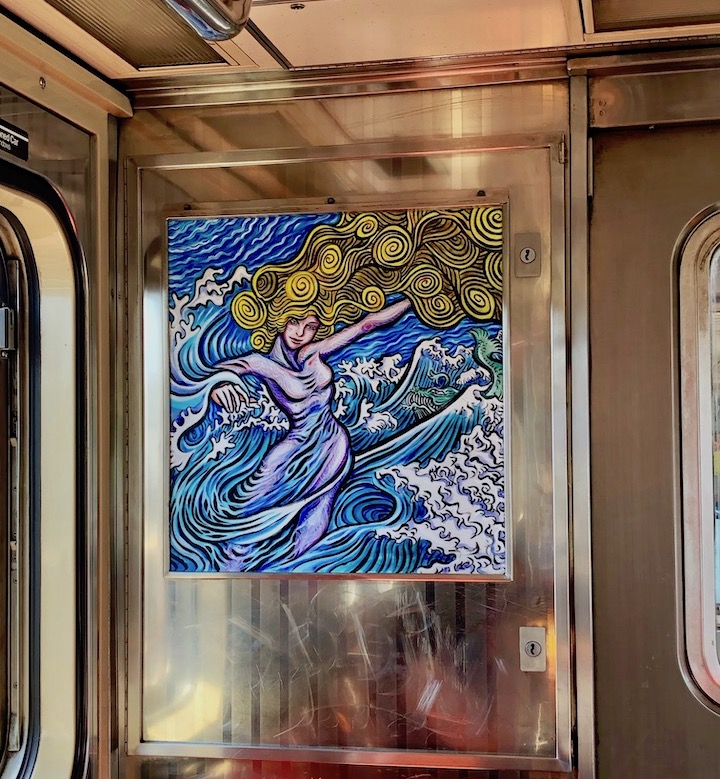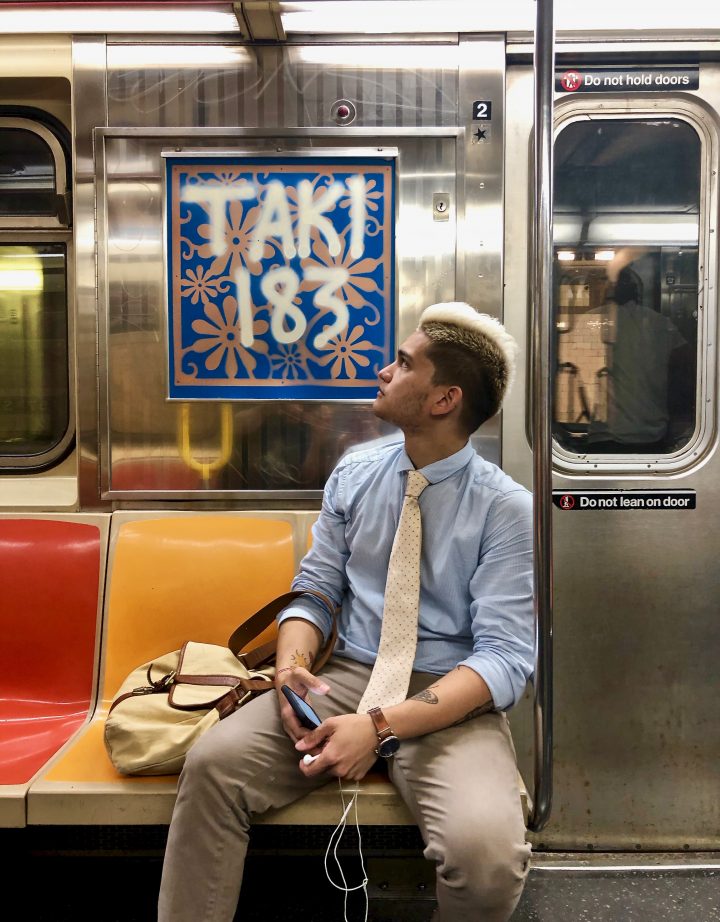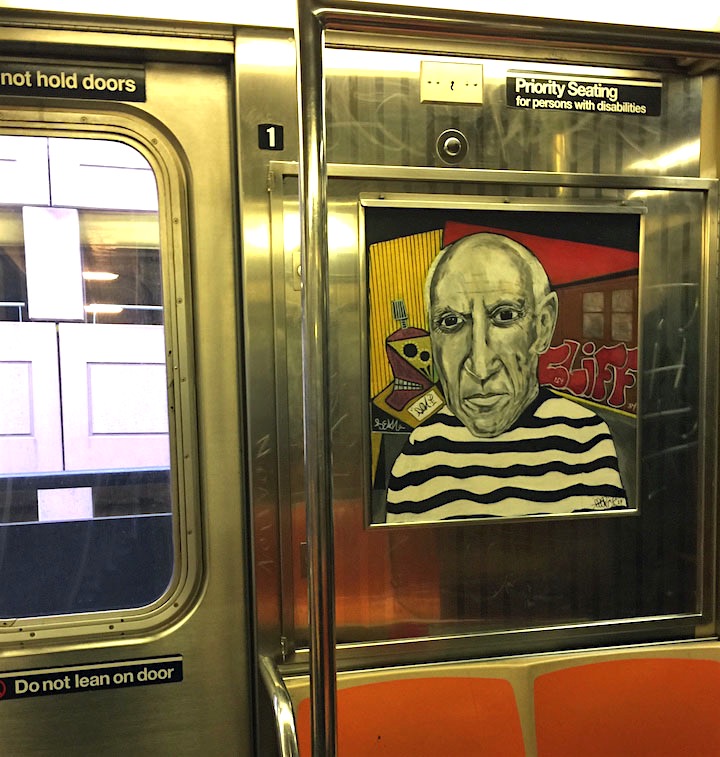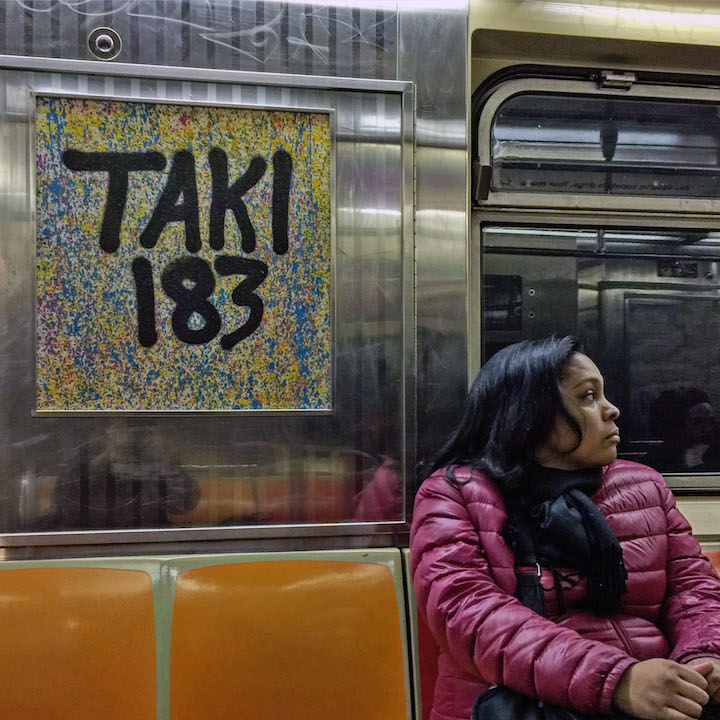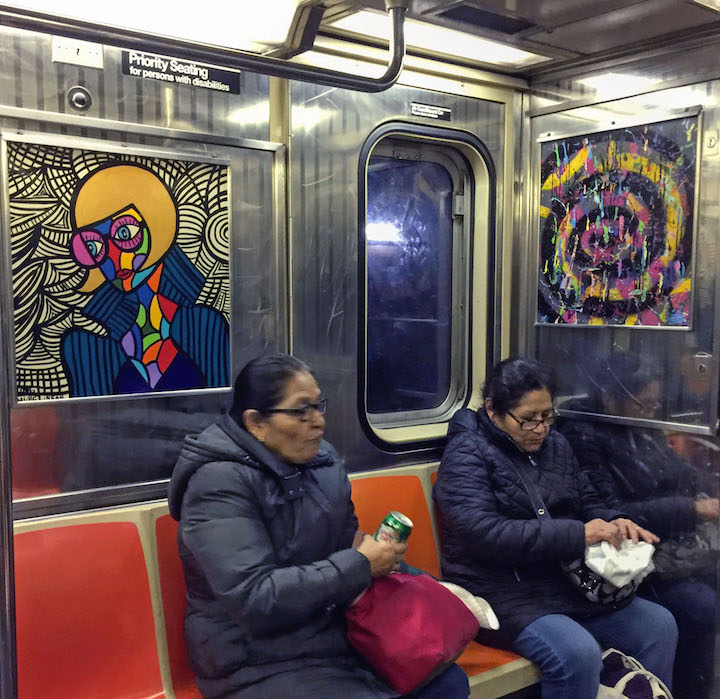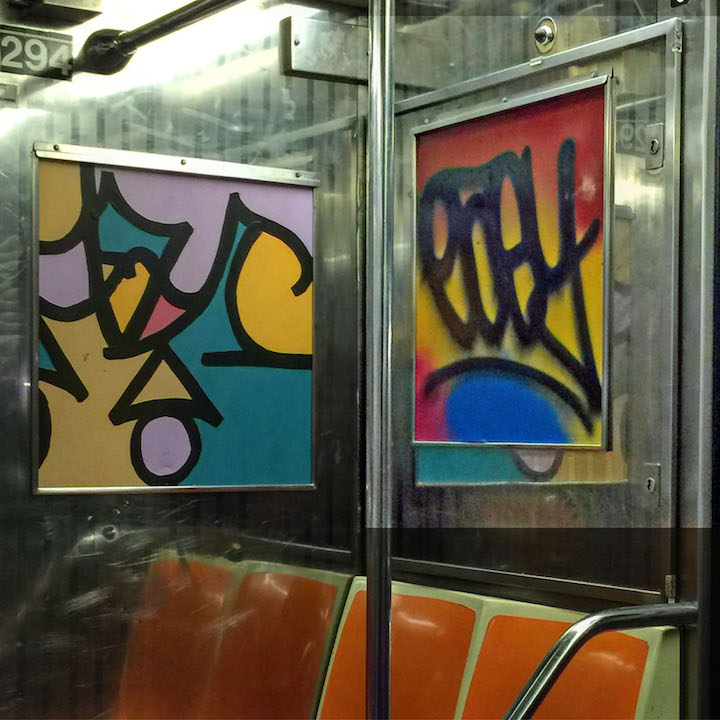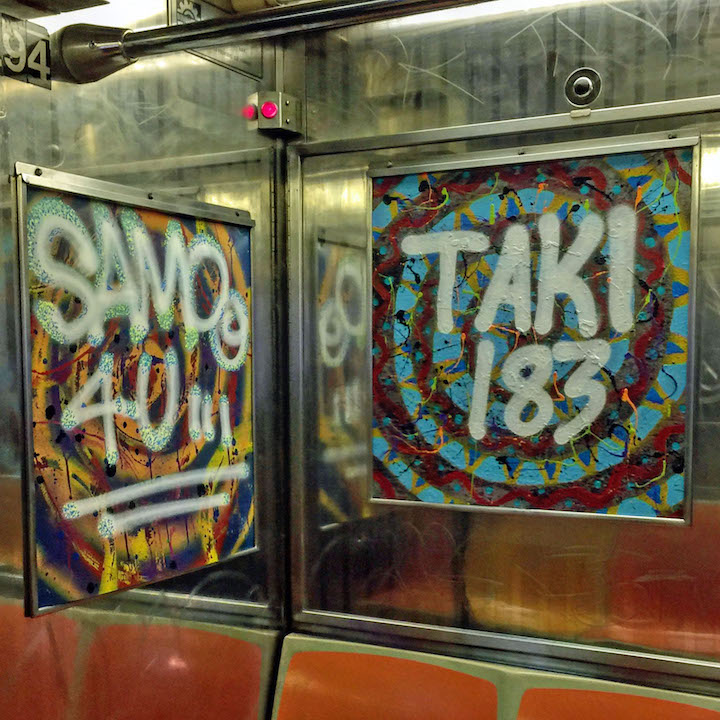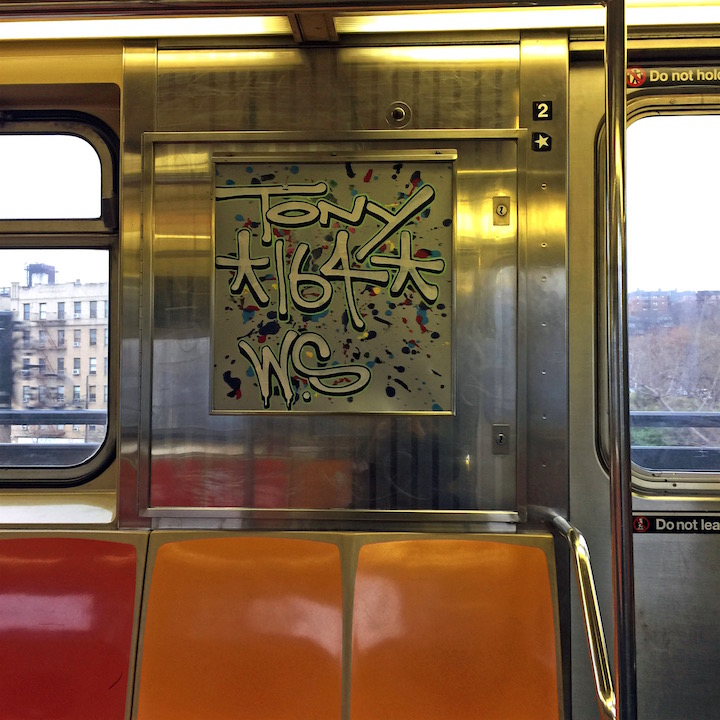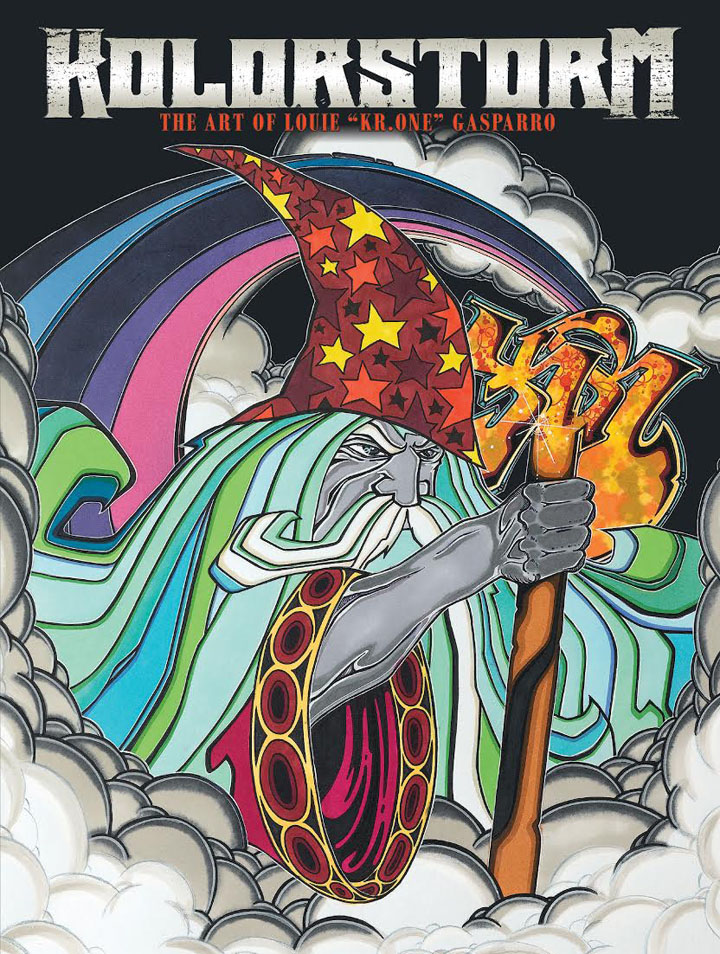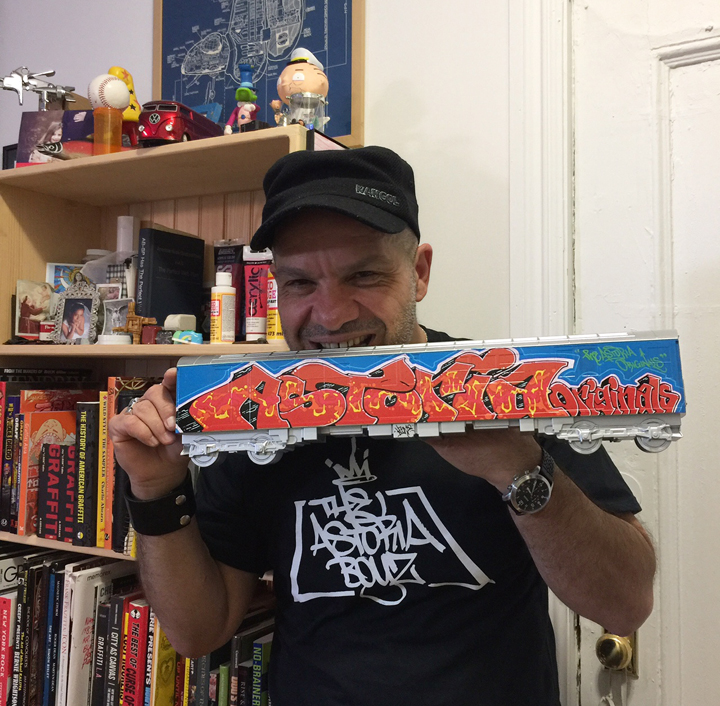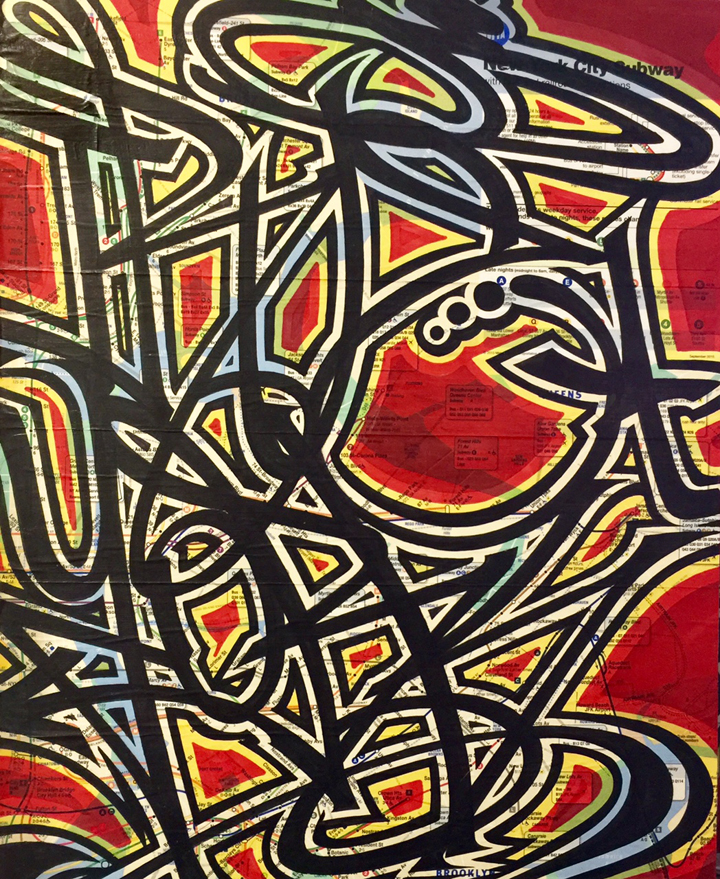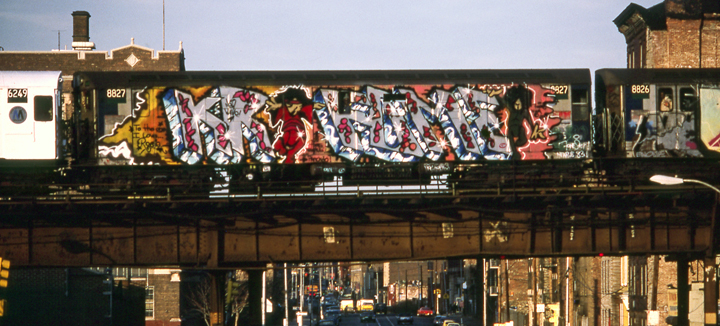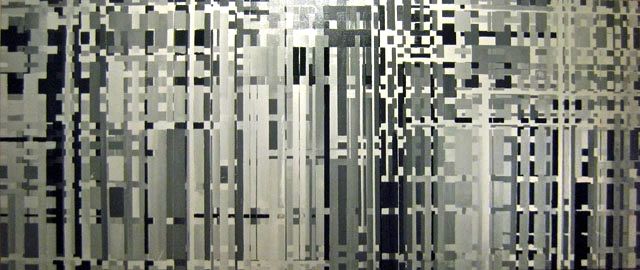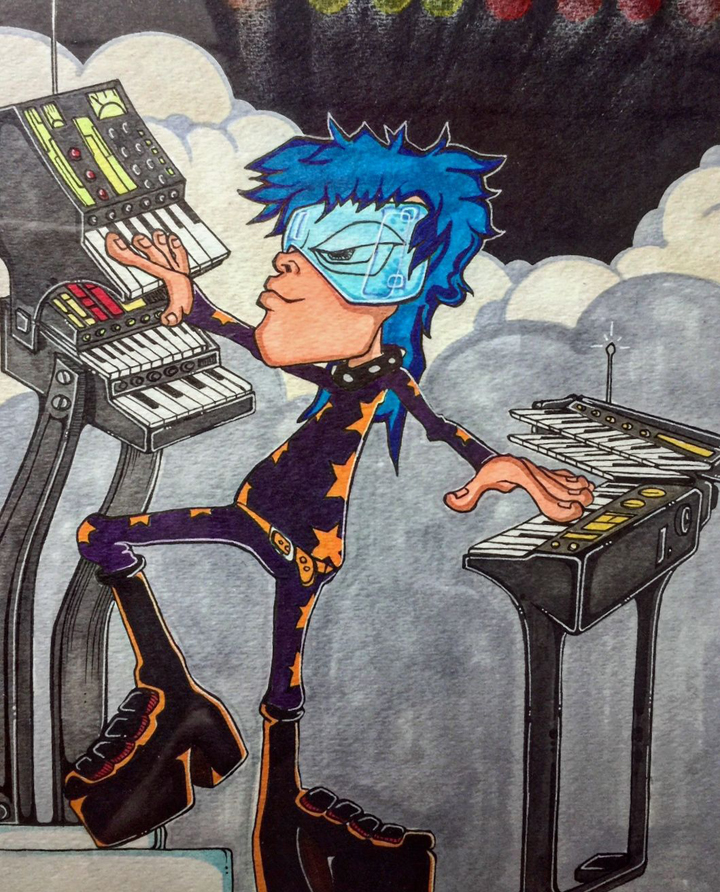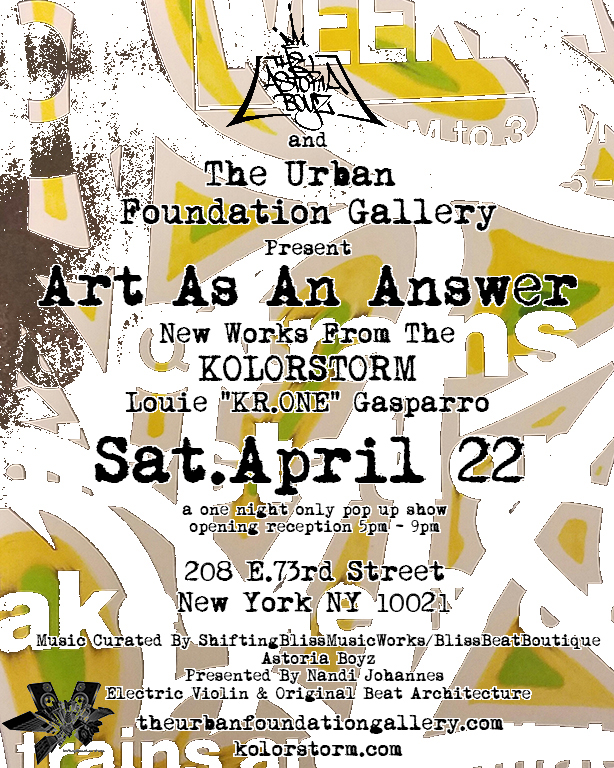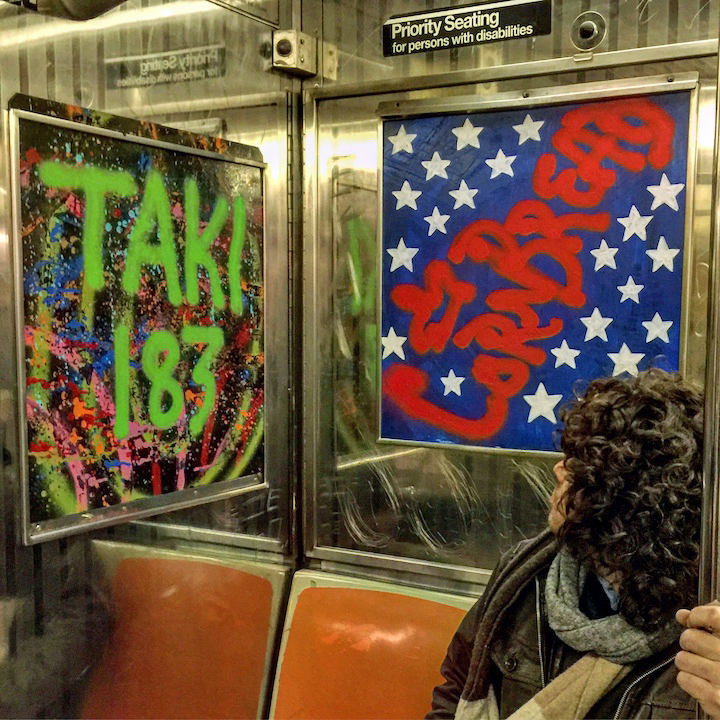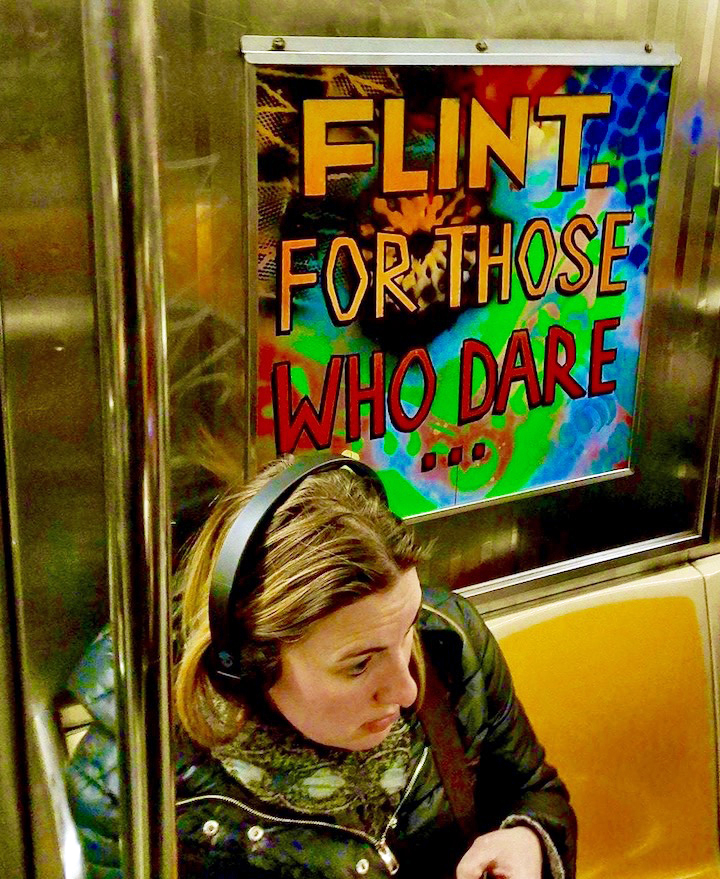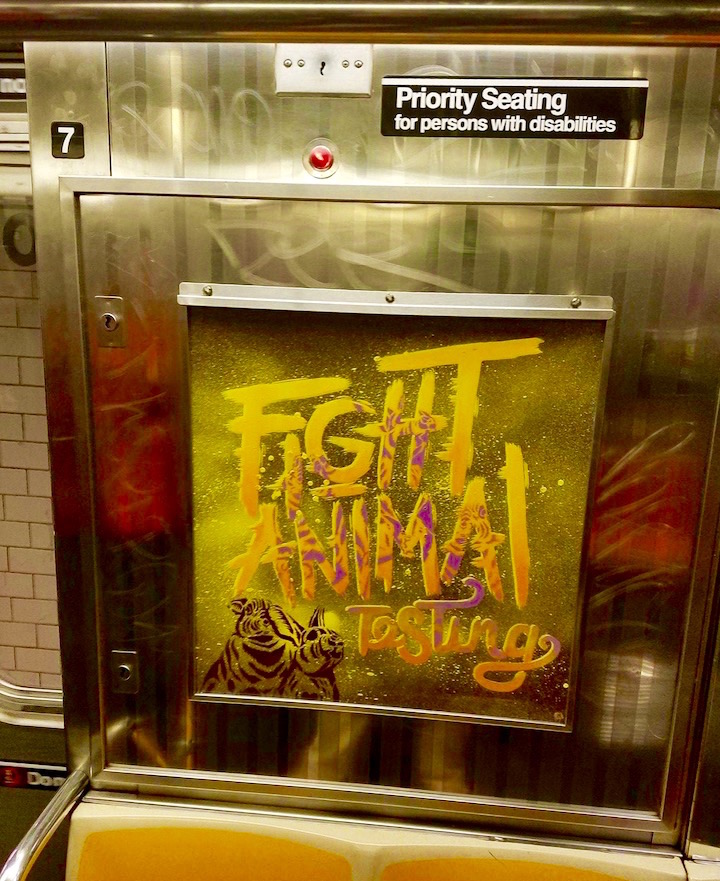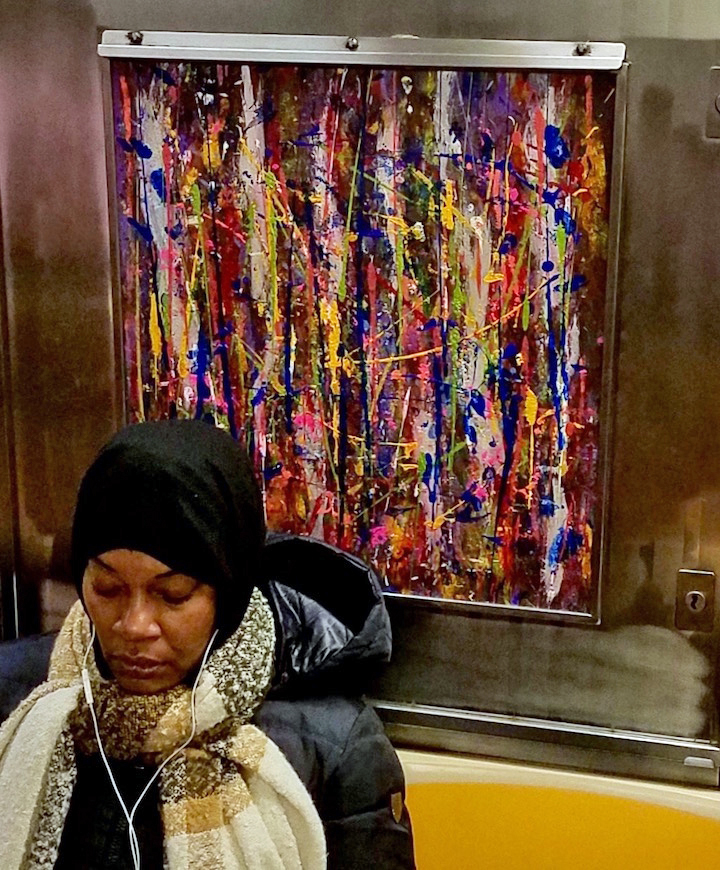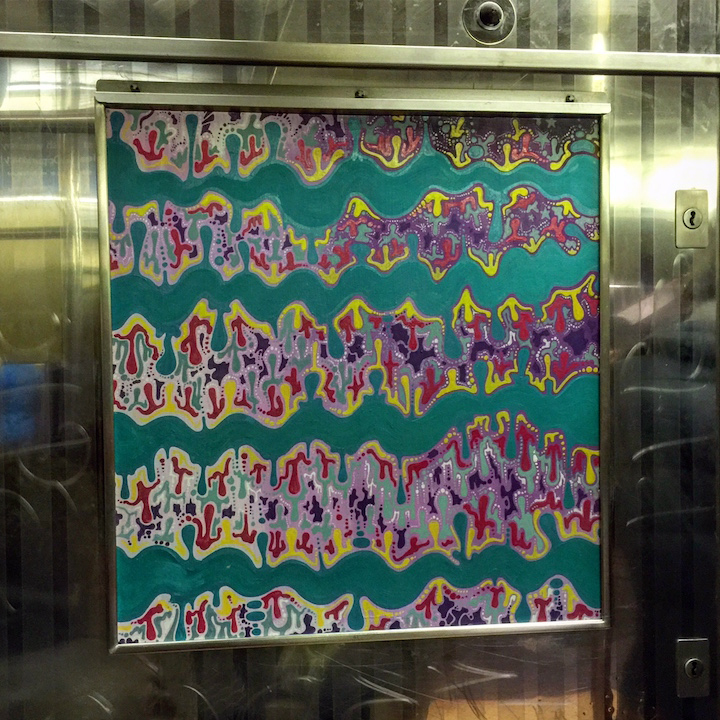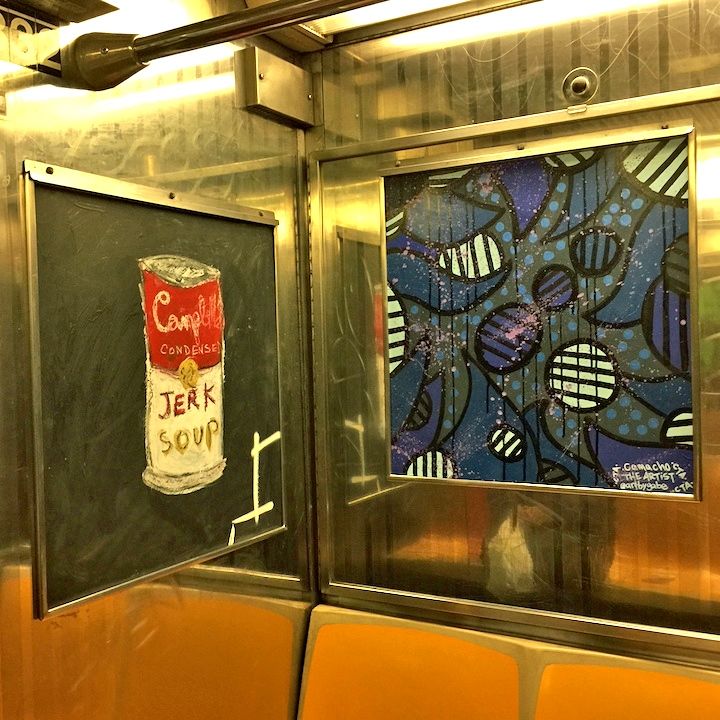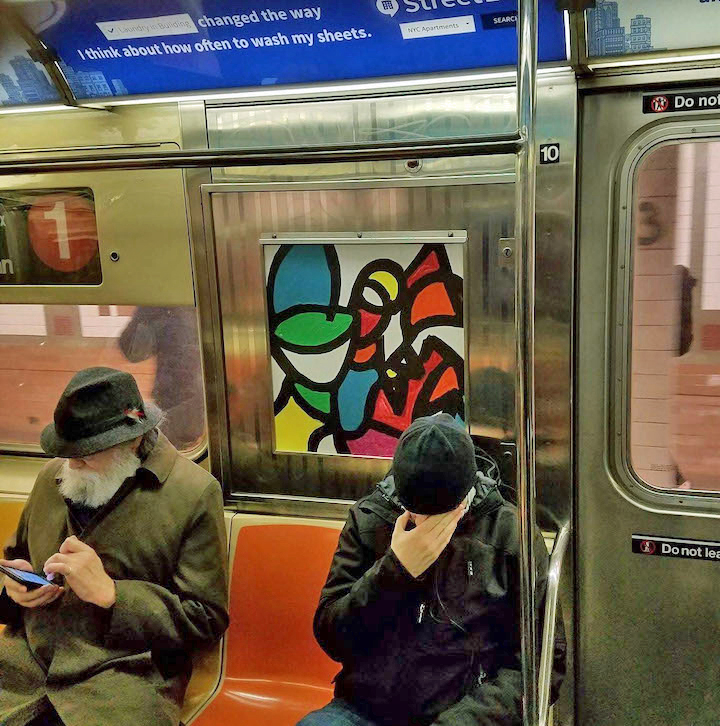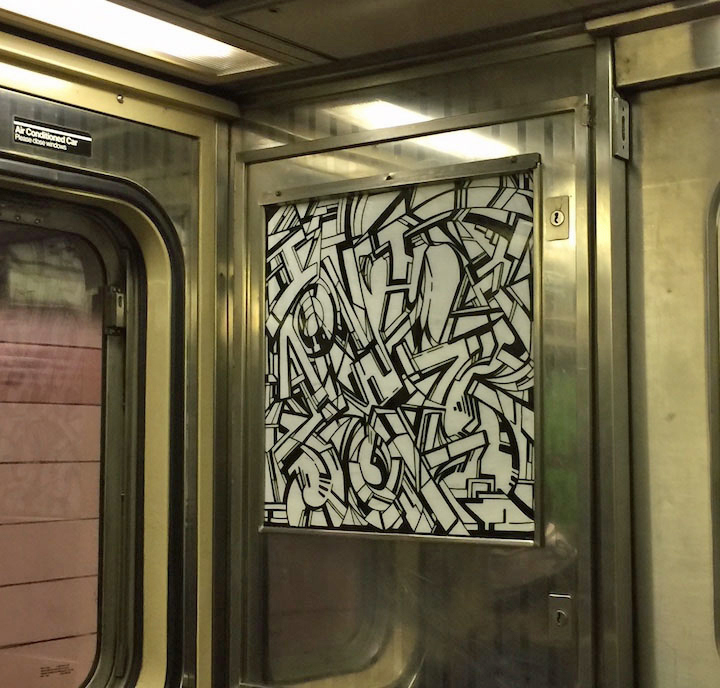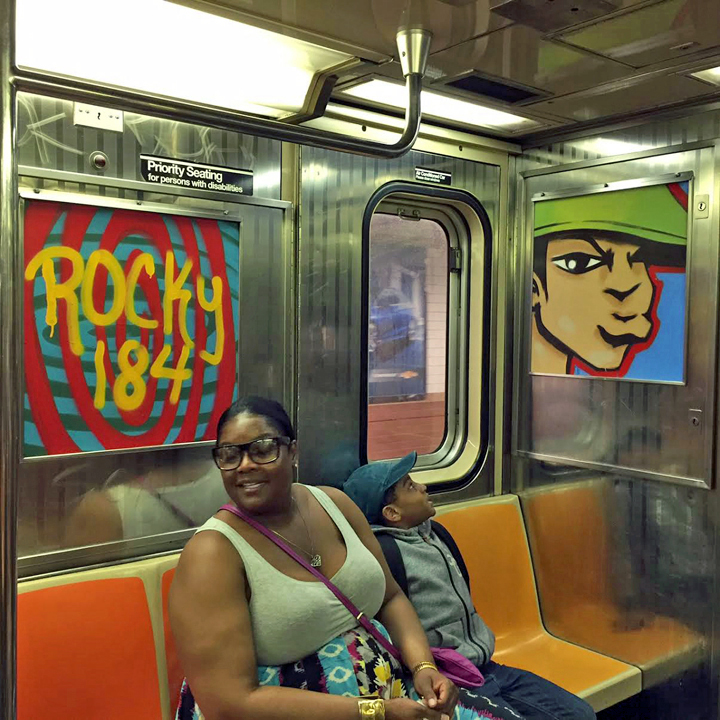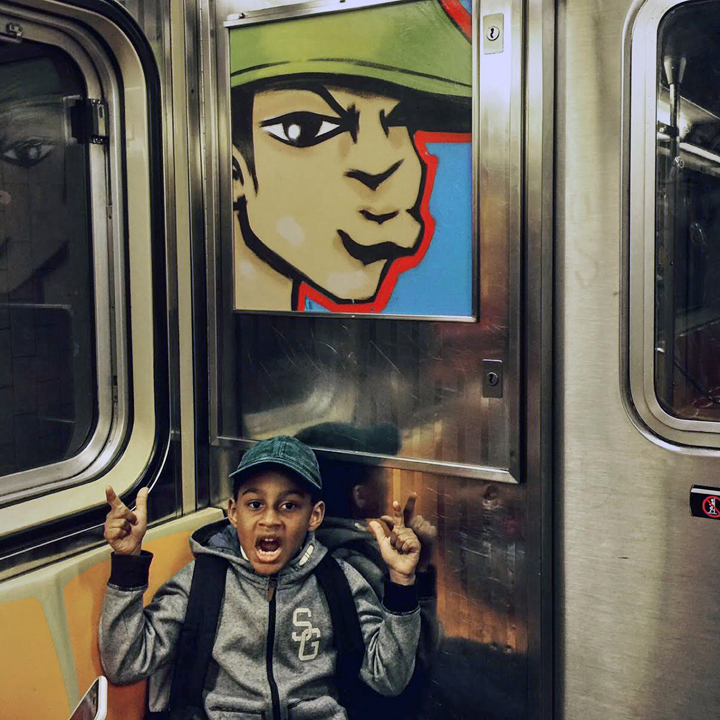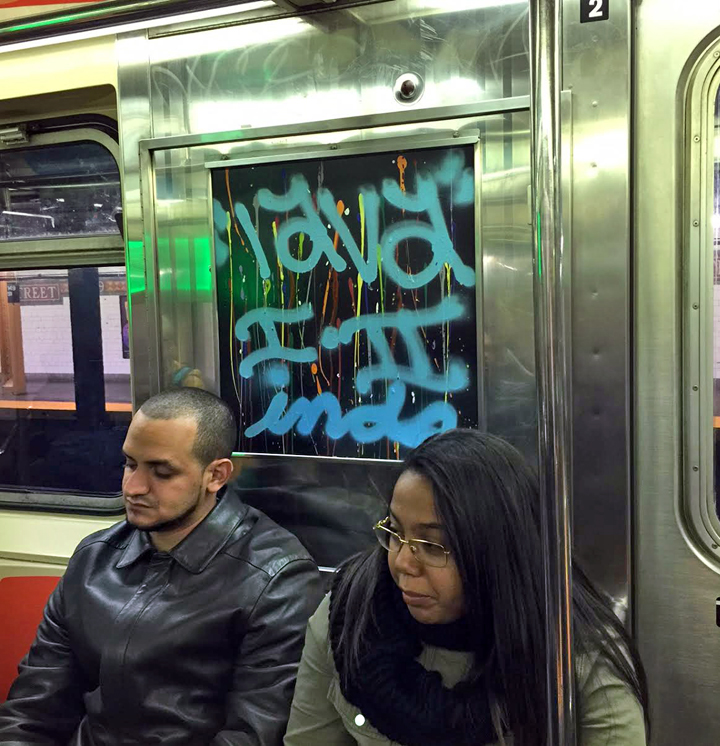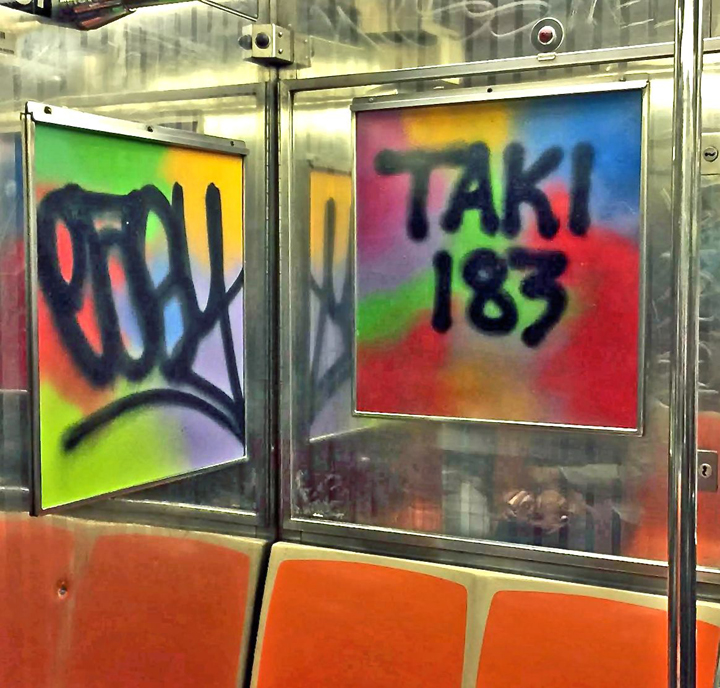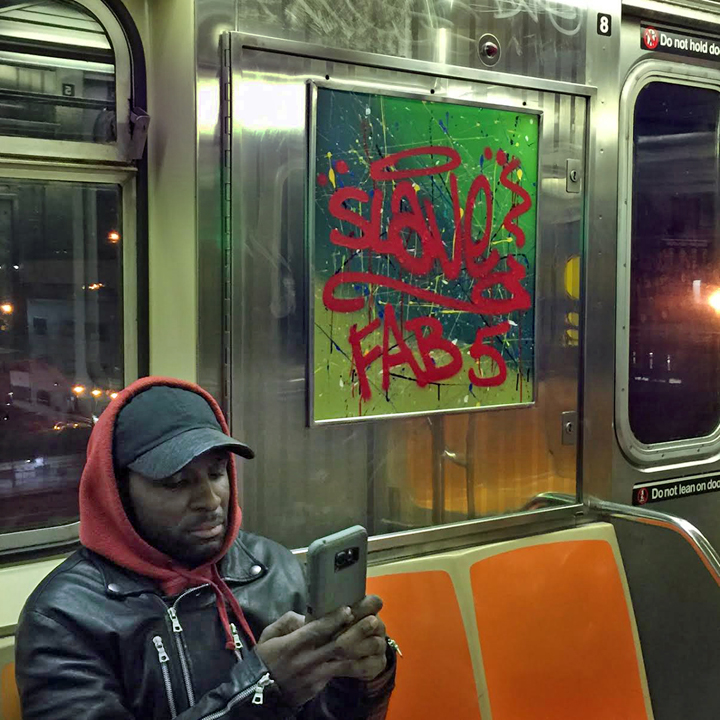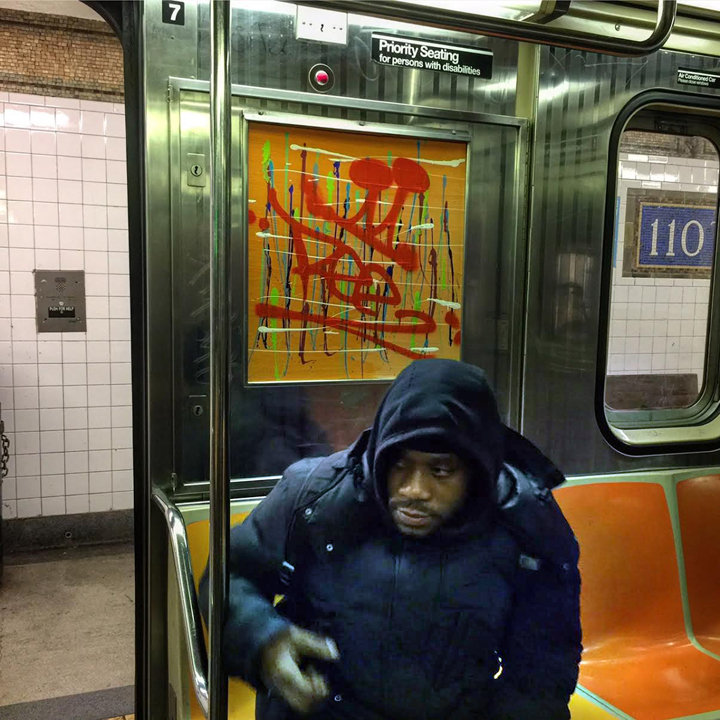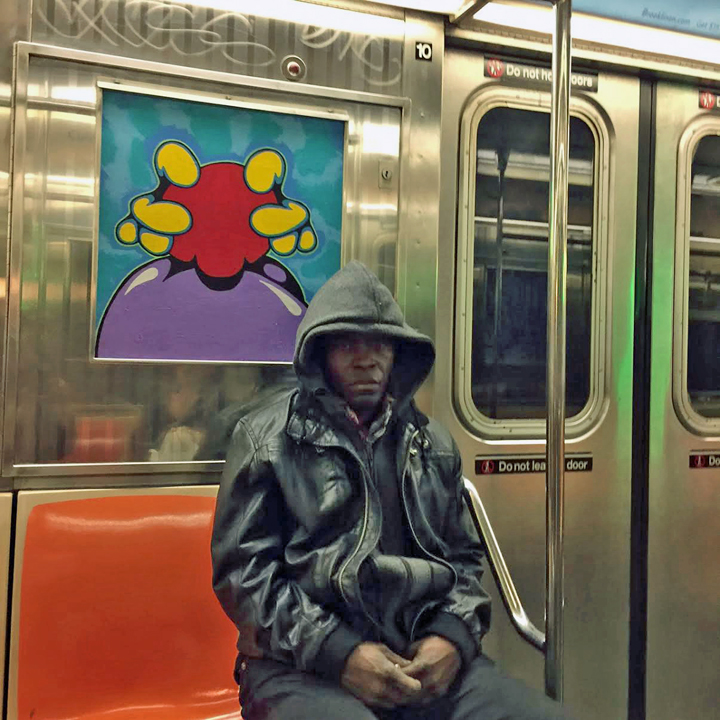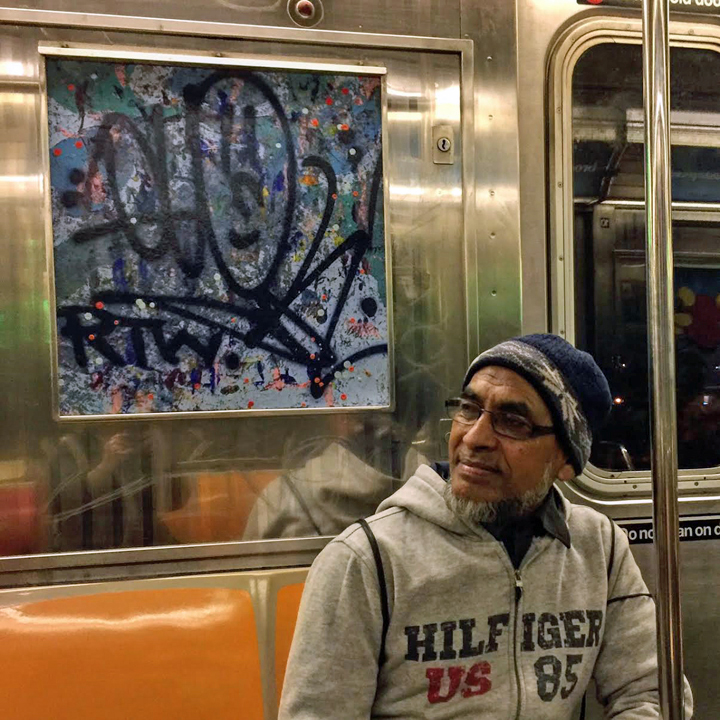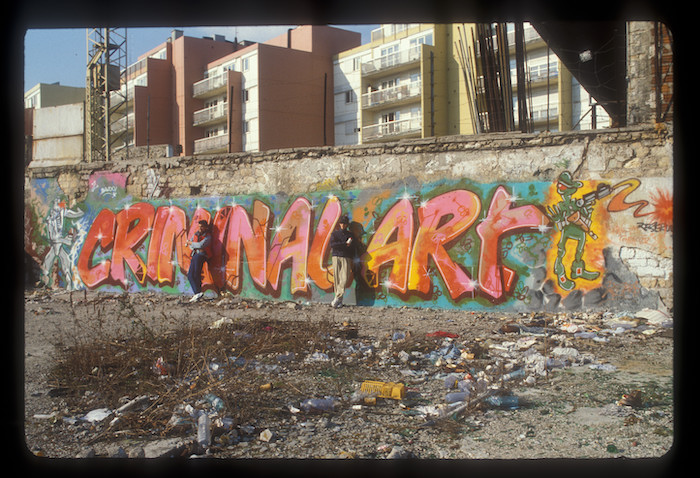
Continuing through February 23, 2025 at the Saar Historical Museum in Saarbrücken, Germany, is “ILLEGAL. Street Art Graffiti 1960 – 1995,” the first museum exhibition anywhere to focus solely on illegal graffiti. I recently had the opportunity to pose a few questions to its curator, Dr. Ulrich Blanché, a Heidelberg University art historian who specializes in global graffiti and street art.
When did you first become interested in illegal markings? And what ignited your interest at the time?
Growing up in a house in the middle of nowhere in Bavaria with no neighbors within a kilometer, I was an easy victim for anything urban – ruin porn, street art, graffiti. While studying in Australia, my friend Shanu told me about stencils and Banksy. I was hooked.
What are some of the principal factors that motivated you to curate this exhibit?
My spirit of contradiction. Many street art and graffiti surveys act as if illegal art on the street is something that comes exclusively from NYC and Paris. As if the rest of the world was a blank canvas before we were enlightened/colonized by US street art and style writing graffiti. Unfortunately, many US/UK researchers/curators seem to read only English sources. And it seemed appealing to me to counter the old accusation that illegal street art and graffiti cannot be shown in a museum. Hence: an exhibition with only illegal works. I did not show the usual thing – new, legal works that barely survive on the old illegal street credibility of their creators.
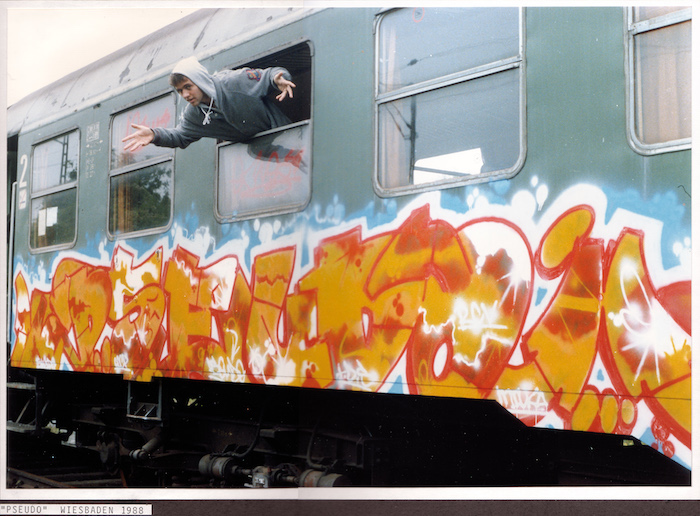
Can you tell us something about the process of curating it? What were some of your main challenges?
People seem to love “originals,” — whatever that is actually. One challenge was that there were often hardly any preserved illegally created originals, or you would have to spend a fortune to transport them. Another main challenge was that I was on my own in the curation process and in approaching artists/collectors. I missed student assistants I had worked with before.
How did you decide which artworks/artists to feature in the exhibition?
I tried to identify the earliest ones and the game changers. If the show would travel, I would include some more, for instance Flint Gennari (NYC), Valie Export (Vienna), SZ group (Moscow) and Tsang Tsou-Choi (Hong Kong). I tried to rewrite street art history in some cases – Brazilian stencil graffiti artist Alex Vallauri was earlier and had more impact worldwide in the early 1980’s than Blek le Rat. Art punk stencils by Crass influenced Banksy and Robert del Naja before they had even heard about Blek. There was a worldwide illegal street sticker campaign before OBEY, done by Cavellini from the 1970s onwards, etc. Among my other discoveries were 10 unknown SAMO© graffiti from 1979 in NYC and the first guy from Germany interested in Keith Haring. So new things about old hats and newly found old things that challenge street art or graffiti history — at least in details. Graffiti is not just style writing from NYC; we also show L.A. Cholo graffiti, Philly graffiti or Pichação from Brazil – not all are common in overview shows. I tried to show large works so they can appeal in a physical way, and I tried to show developments on walls, not just work in mint condition, photographed the second the artist drops the can.
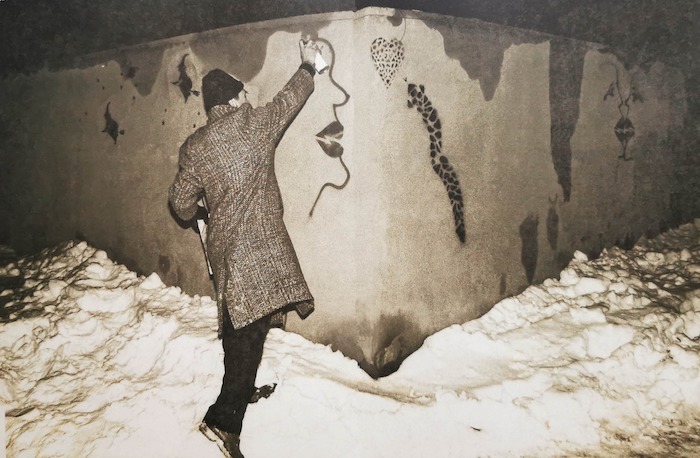
What is the central focus of the exhibition?
The concept is “hits and rarities.” To give an overview from the 50’s until the 90’s. I tried to identify the earliest examples, the ones who had a huge impact and some who should have had more impact. We start with Guy Debord, Ted Joans and of course Brassaï and end with Banksy’s first documented work on the street. We’re putting a spotlight on the Paris-Cologne-Zurich triangle because a lot was happening there and because the museum is in the middle of these cities, and another spotlight on the connections between street art, graffiti and music.
What would you like your viewers to walk away with?
I’d like the viewers to walk away with the thought that street art and graffiti did not start with Banksy. And that street art and graffiti stem not only from protest art or gang graffiti; it is far more complex. An audience interested in contemporary art would be amazed how many familiar names worked illegally, too: Christo/Jeanne Claude, Walter Dahn, George Condo, Valie Export, Daniel Buren, etc. Conceptual art, performance art, pop art, Fluxus, Mail Art are deeply interconnected with what we call street art today. And that early street art graffiti was more female than you’d expect.
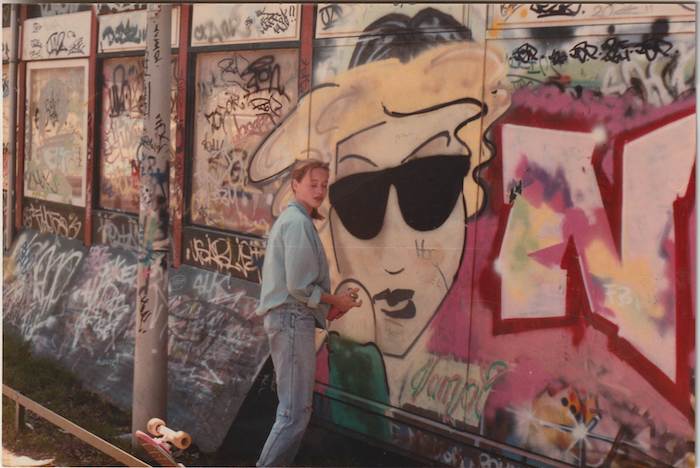
How has the response been to the exhibit to date?
We were on German national TV and radio with the exhibition, as well as on several local and regional media. The response was very positive. Saarbrücken, however, is not Hamburg or Berlin. I think the bilingual catalog and the 3D scan of the show will reach quite a few people internationally, as well. For myself, it is great when people like Daim, Chaz Bojorguez and John Fekner say it is a great show!
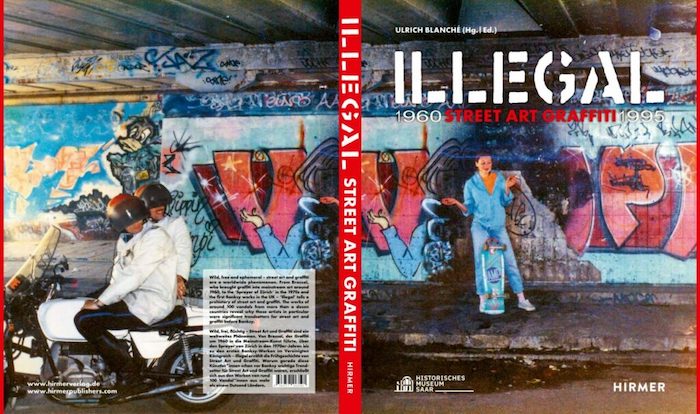
Images:
1. Bando and Doc in Paris, 1984; photo, Claude Abron
2. CanTwo in Wiesbaden, 1988; photo, CanTwo
3. Alex Vallauri in Lower Manhattan, ca. 1982-1983; photo, Claudia Vallauri
4. Vampirella in Amsterdan, 1985; photo, Vaselka M aka Vampirella
5. Book cover featuring Vampirella, photo, Vaselka M aka Vampirella
Interview with Dr. Ulrich Blanché by Lois Stavsky
{ 0 comments }
